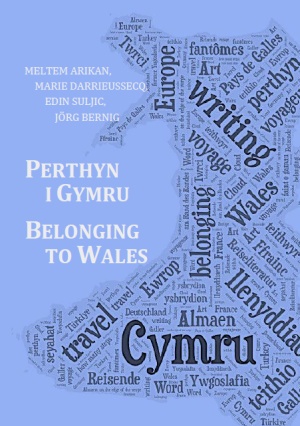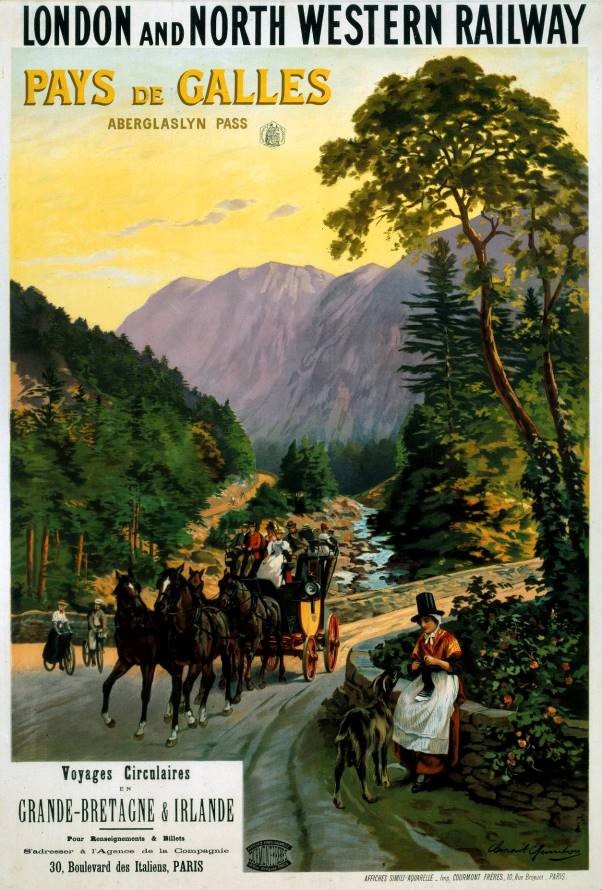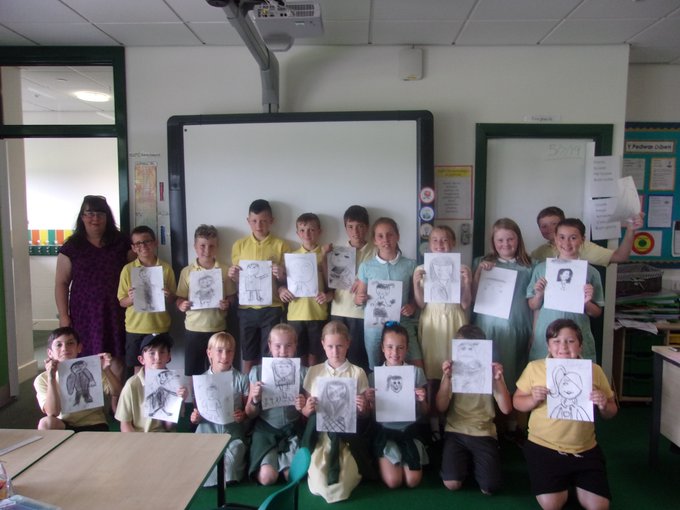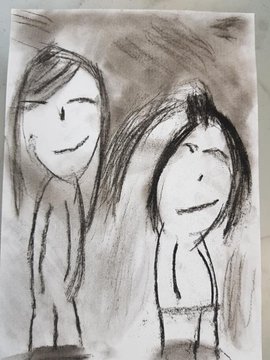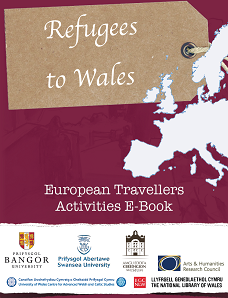‘European Travellers to Wales 1750–2010’ is an AHRC-funded project that began in 2013, and is a collaboration between Dr Kathryn Jones from Swansea University, Professor Carol Tully of Bangor University and Dr Heather Williams from the University of Wales Centre for Advanced Welsh and Celtic Studies.
The project has uncovered a vast number of travel accounts to Wales in this period, the majority of which are written in French or German. Many of the accounts listed in the database were ‘hidden’ in writing about tours in England. ‘European Travellers’ investigated an array of sources including travelogues, guidebooks, diaries, letters and blogs, in both manuscript and printed form. The researchers discovered a broad variety of reasons for European travellers to have come to Wales: from those seeking a romantic idyll, to industrial spies in the Victorian era and refugees from Nazi Germany. This helps us understand Wales better: stories of refugees and exiles have emerged, and a store of detailed descriptions of Welsh landscapes, buildings and ruins has been found. These are completely new resources for studying Wales, and broaden travel writing to encompass more than English-language portrayals of Wales.
The project’s main achievements are:
- Academic outputs. The texts uncovered by the project have been analysed and their themes explored in journal articles, a special issue on Wales of the journal Studies in Travel Writing and papers at academic conferences. We investigate key texts written by European travellers in a jointly-authored book, Hidden Texts, Hidden Nation: (Re)Discoveries of Wales in Travel Writing in French and German (1780-2018) (Liverpool University Press, 2020). In addition, a three-day conference explored the encounter with and representation of minority identities and cultures in travel writing.
- Database. Over 400 previously forgotten or unknown travel texts about Wales in various European languages (mainly French and German) have been identified and compiled in a freely available database, which represents a rich new research field ripe for further development.
- An exhibition of artworks by European travellers to Wales. ‘EuroVisions: Wales through the eyes of European Visitors, 1750–2015’ was open to the public at three museums across Wales between summer 2015 and 2016. Ceredigion Museum in Aberystwyth, Swansea Museum and Storiel in Bangor supported the travelling exhibition by offering an additional programme of free public events, such as lectures, family workshops, school visits. EuroVisions is complemented by freely available educational resources as well as an online virtual exhibition.
- Educational resources. Bilingual e-books on art by refugees aimed at KS2 and KS3 pupils based on the material in the exhibition were produced in collaboration with the education unit of the National Library of Wales and are also available to schools on Hwb. Swansea researchers Dr Kathryn Jones and Dr Aled Rees held a series of KS2 workshops on Refugee Artists in Wales in primary schools across south Wales, and pupils used black snooker chalk to draw like Josef Herman!
- Commissioned travelogues. Perthyn i Gymru / Belonging to Wales was published in May 2019 in partnership with WalesPENCymru. Four new travelogues in French, German and Turkish on journeys to Wales were commissioned from writers including by world-renowned French author Marie Darrieussecq and Turkish exile in Wales Meltem Arikan, and the collection featured in the 2019 Hay Festival. This then inspired a new online major series in the Welsh Agenda also called Belonging to Wales, which is republishing the travelogues and commissioning new works on this same theme.
- Journey to the Past. The project was awarded AHRC research project follow-on funding in collaboration with the Royal Commission on the Ancient and Historical Monuments of Wales to create new multilingual digital resources for tourists to Wales. The resources, combined with innovative technologies, highlight the travel writings of European travellers to Wales throughout the 18th and 19th centuries. Promoted globally by Visit Wales, ‘Journey to the Past’ offers online tourism trails, gigapixel tours, stereoscopic photographs, a ‘virtual reality experience’ of Tintern Abbey, and digital reconstructions and animations which include Swansea’s Hafod Copperworks.
For more information about the project please contact Dr Kathryn Jones (k.n.jones@swansea.ac.uk) and visit the website: http://etw.bangor.ac.uk/welcome.


